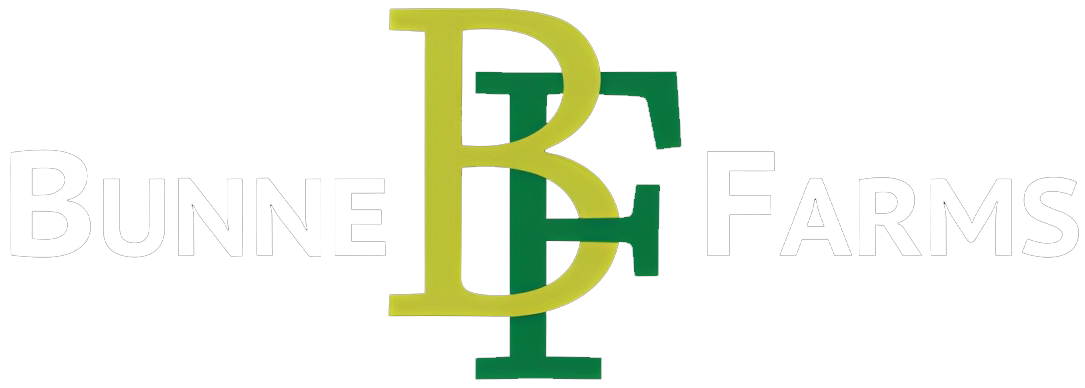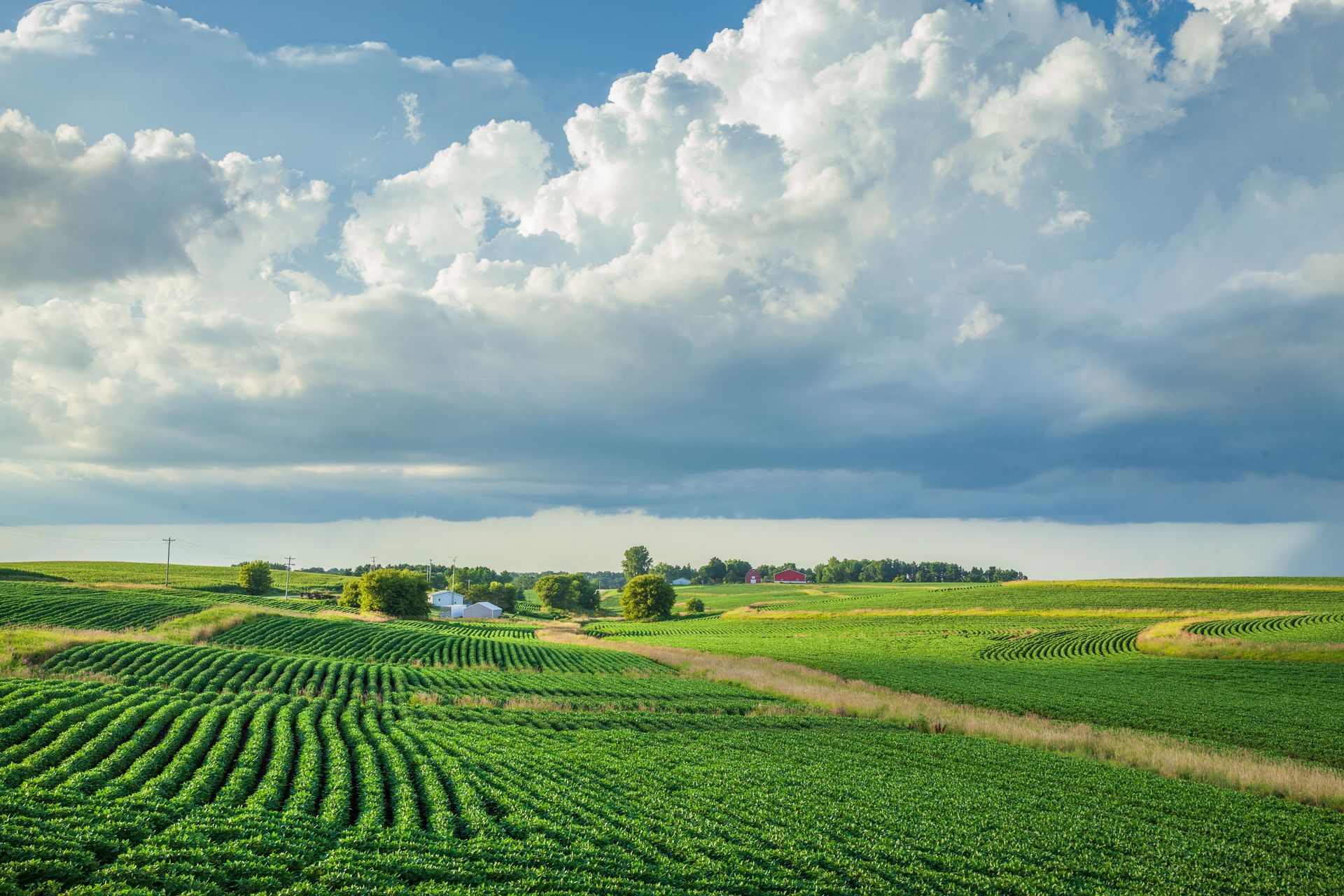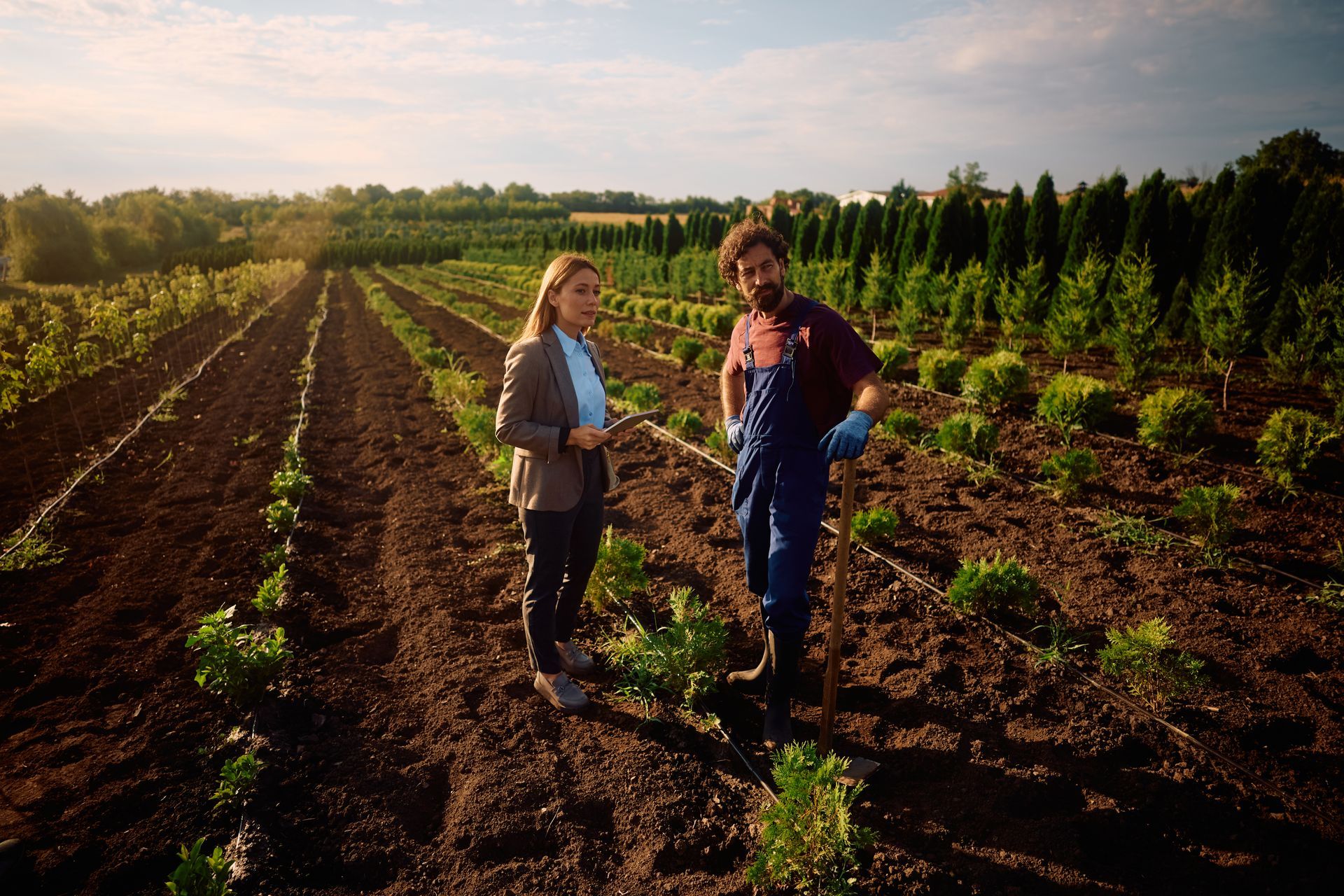The Pros and Cons of Cash Rent vs Crop Share Agreements in Southeast MN
Leasing out farmland can be a great way to generate income while preserving ownership—but choosing the right lease structure is essential. In Southeast Minnesota, most farmland is leased under either cash rent or crop share agreements. Each model has unique benefits and drawbacks depending on your goals as a landowner or farmer.
At Bunne Farms, we’ve helped landowners across Fillmore, Dodge, and Mower counties evaluate and implement lease structures that protect their assets and support productive agriculture. In this guide, we’ll walk you through the pros and cons of cash rent vs crop share agreements, so you can make an informed decision.
What Are the Two Main Types of Farm Leases?
Cash Rent
Under a cash rent agreement, the tenant pays a fixed amount per acre—usually once per year—to rent the land. The tenant takes on all farming responsibilities, costs, and risks, while the landowner receives a guaranteed payment regardless of crop performance.
Crop Share
With a crop share lease, the landowner and tenant split the crop output or revenue (usually 50/50 or 60/40). Both parties may share input costs and profits. This type of lease encourages more collaboration and shared decision-making.
Pros and Cons of Cash Rent
Pros of Cash Rent
Predictable Income
You receive a set payment regardless of the year’s crop yield or commodity prices.
Lower Involvement
Ideal for landowners looking for passive income—no need to manage day-to-day operations.
Simplified Taxes
Easier to report and manage for tax purposes; treated as rental income
Straightforward Lease Terms
Easier to write, enforce, and manage legally.
Cons of Cash Rent
No Upside from High Yields
Even if the tenant has a record-breaking harvest, you still receive the same payment.
Higher Risk for the Tenant
Farmers take on all financial and weather-related risk, which may discourage long-term stewardship.
Landowner Less Involved
You may lose visibility into what’s happening on your land—soil health, erosion, and input choices.
Market Volatility
Setting the “right” cash rent amount can be challenging during times of fluctuating commodity prices.
Pros and Cons of Crop Share
Pros of Crop Share
Shared Risk and Reward
You benefit from high yields and strong prices—potentially earning more than with cash rent.
Landowner Involvement
Encourages collaboration on input decisions, conservation, and crop planning.
Long-Term Land Stewardship
Since both parties have a stake in outcomes, tenants may care more about sustainability and soil health.
Better Transparency
You’re more likely to receive updates on yields, inputs, and land condition.
Cons of Crop Share
Income Variability
If yields are low or market prices drop, so does your income.
More Complicated Accounting
Tracking shared expenses and revenues can be messy—especially without clear communication.
Time Commitment
Crop share leases usually involve more meetings, decisions, and paperwork throughout the year.
Potential for Disagreement
Misunderstandings can arise if expectations about input sharing or decision-making aren’t clearly defined.
Comparing at a Glance
| Factor | Cash Rent | Crop Share |
|---|---|---|
| Income Predictability | High | Low |
| Upside Potential | None | High |
| Involvement | Low | High |
| Risk | Low (for landowner) | Highger |
| Simplicity | Simple | Complex |
| Soil Stewardship | Variable | More Incentivized |
| Best For | Passive landowners | Involved owners |
How to Choose Between Cash Rent and Crop Share in Southeast MN
Ask yourself:
- Do I want a consistent income or a higher earning potential?
- How much do I want to be involved in farming decisions?
- Am I prepared to share in expenses or risk?
- Is my tenant trustworthy and experienced enough for a crop share?
A Third Option: Custom Farming
At Bunne Farms, we offer a hybrid option: custom farming. This allows landowners to:
- Keep full ownership of the land and crop
- Hire us to handle all farming operations (planting, fertilizing, harvesting, etc.)
- Stay involved in decisions without doing the physical work
- Pay a service fee instead of splitting revenue
This gives you more control than cash rent, more security than crop share, and professional results without the hassle.
FAQs:
Cash Rent vs Crop Share in Minnesota
Can I switch lease types later?
Yes. Many landowners start with cash rent and shift to crop share or custom farming once they understand the pros and cons.
Should I use a lease template or hire a professional?
You should always work from a written lease, but it should be tailored. We provide lease support or connect you with AG attorneys if needed.
What happens if the tenant underperforms?
Always include clear termination clauses. That’s why working with a trusted, experienced farm operator from the start is key.
Bunne Farms Can Help You Decide
Choosing between cash rent and crop share isn’t just about numbers—it’s about your land, your goals, and the kind of relationship you want with your renter.
At Bunne Farms, we work with landowners to:
- Evaluate land productivity
- Recommend lease types based on financial goals
- Draft custom agreements that protect your interests
- Offer full-service custom farming for a hands-free alternative
Call Joe at (507) 251-3629 to schedule a lease consultation today
Serving Ostrander, Fillmore County, and surrounding Southeast MN communities


